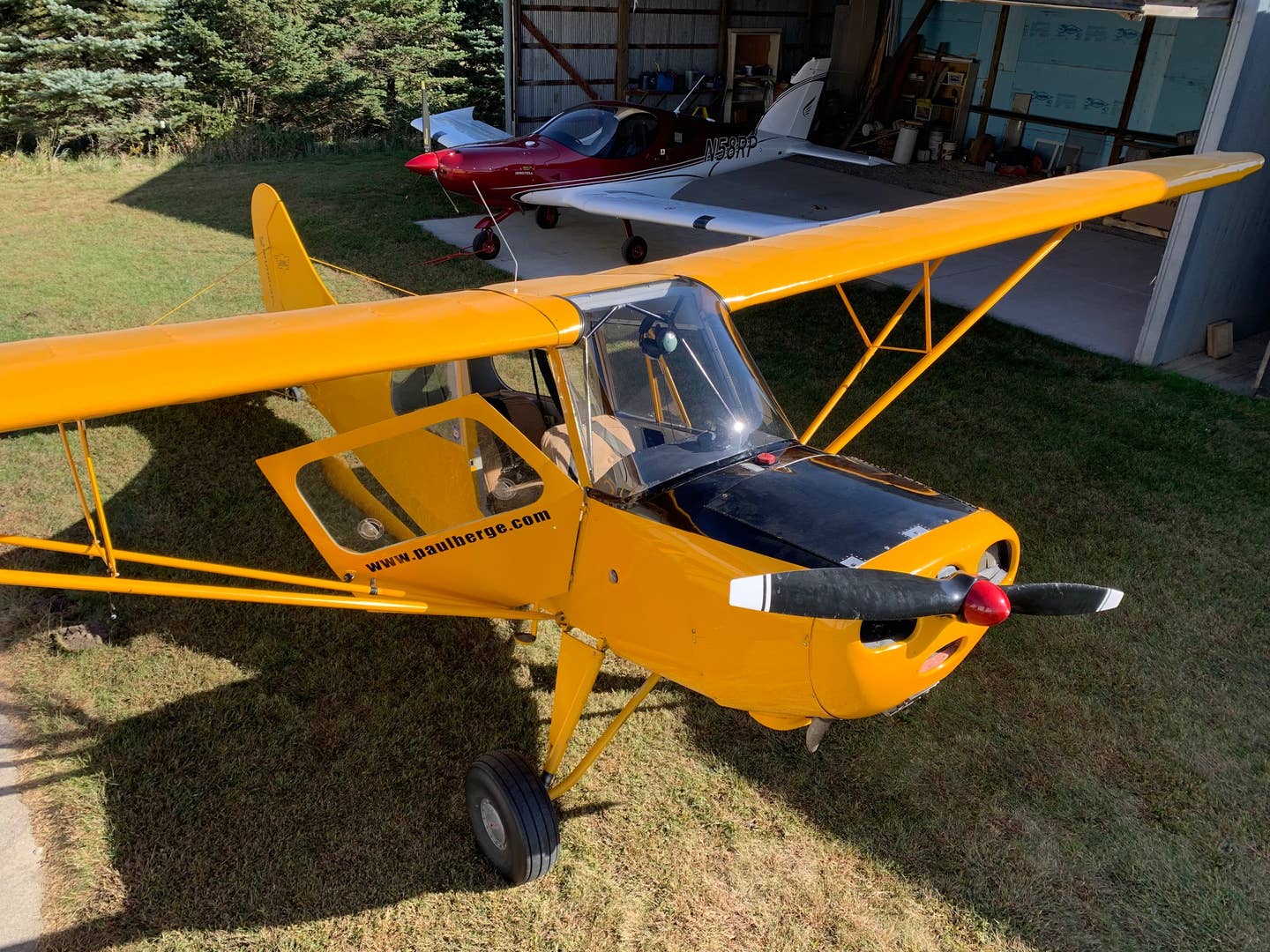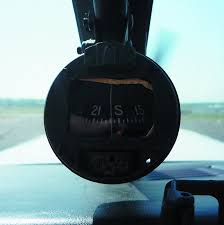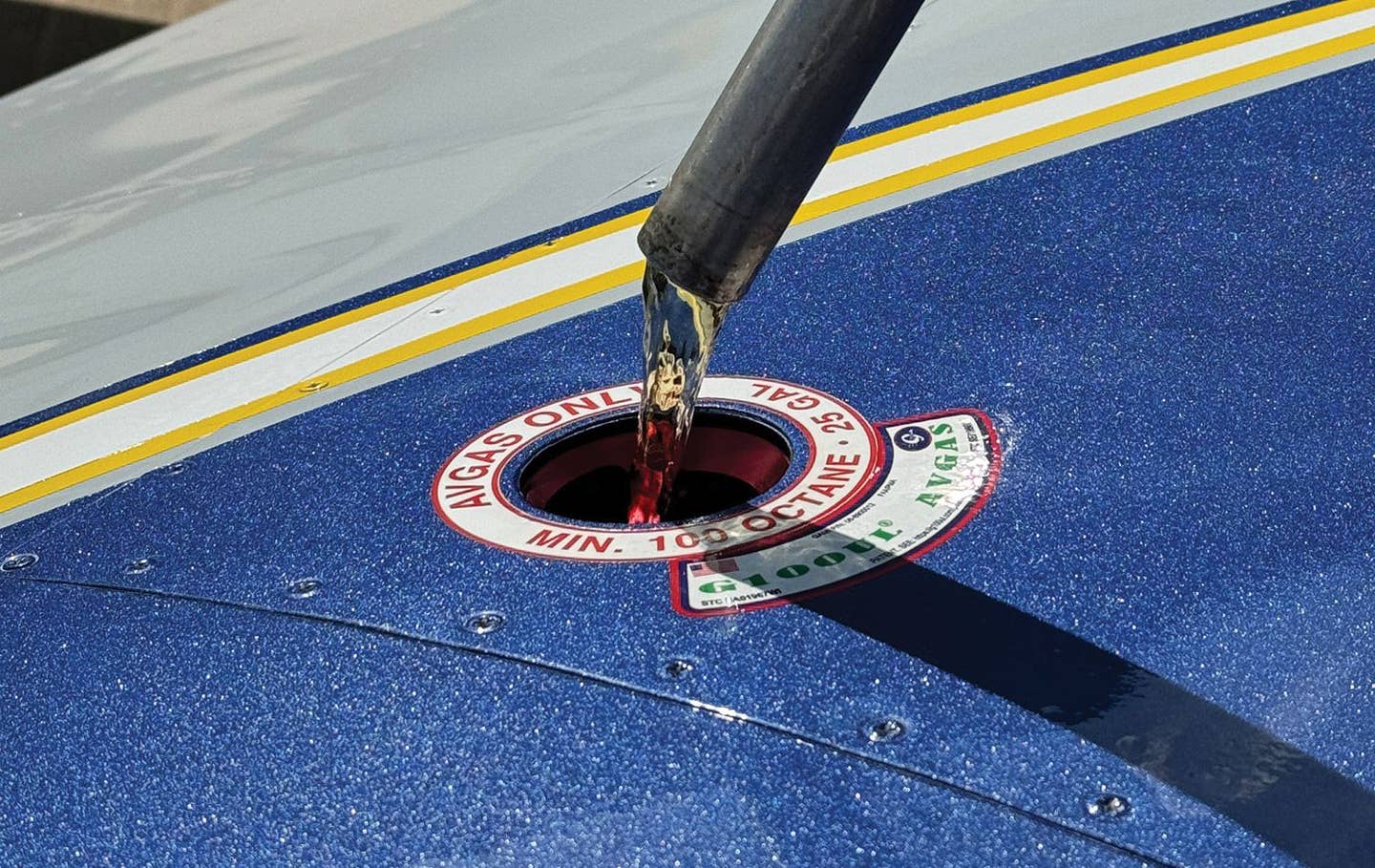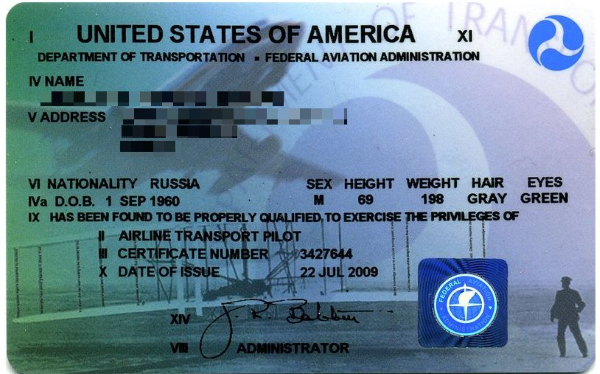What’s The Buzz?
Even before you were a pilot, you probably looked up at the sound of a passing airplane, desperate to see what it was and where it was going. And you’ll do that as long as you have the strength to lift your head.

Sound. It’s what lured some of us unsuspecting into aviation. As a kid I reacted to the sound of an airplane engine ticking unseen among cicadas ghost-riding in the sky above my Wonder Bread and mayonnaise New Jersey neighborhood. The sound made me look up to glimpse what shining messenger called and prompted a nun to rap my desktop while invoking unworldly wrath against daydreaming: “Non somnia per diem, Mr. Berge!”
I feigned compliance, as I often do when confronting authority, but continued to dream my days into hollow weeks and years awaiting Sound’s enlightenment. But before stumbling further into my recurring theme about how spiritually cool sky-gazing is, a note about semantic satiation, a term gleaned from Ted Lasso.
According to unimpeachable Wikipedia, “semantic satiation is a psychological phenomenon in which repetition causes a word to temporarily lose meaning.” Like the universally abused “like.” Caveat invoked, here’s more sound.
Imagine the huff and wheeze of a 1940s radial engine awakening on a misty Blakesburg, Iowa, dawn, coughing oily phlegm like my cigar-smoking Uncle Mart stumbling from a fold-out guest bed while reaching for his White Owl and Zippo lighter. In the radial engine’s birth, the cylinders emit a metallic rumble of pistons, rods and valves in choreographed precision (firing order: 1, 3, 5, 7, possibly 9, on the first revolution, then evens on the second twist) while gray smoke, like the exhaust from Mart’s cigar, puffs sweet violence as spark plugs ignite vaporized avgas into a force that is, as Continental proclaimed when manufacturing automobile engines before expanding into aviation: “Powerful as the nation.” What nation? Several claim bragging rights, but the radial engine sound, like American jazz, has been heard ‘round the world. Still is. You’re welcome, World.
Closer to reality, I’ve had limited experience behind radials, having mostly flown in the flatter sounds of opposed-cylinder Lycomings and Continentals, producing their own music without the radial’s sexy rumba beat. The results are similar—flight. That splendid cacophony from hours of unprotected aero lust didn’t affect my eyesight but degraded my hearing long before headsets were ubiquitous. I don’t mourn the hearing loss but do crank up intercom volume to spinal-tapping 11.
The aviation soundscape profoundly morphed in my lifetime. I remember being too young and broke to fly while exploring rows of piston singles and twins at Teterboro airport in the 1960s when I first saw a Learjet. No ear-massaging clack of a radial or smooth-talking six-cylinder Franklin, Lyc or Continental, this pointy tube sporting a brace of kerosene stink generators, designed to haul Frank Sinatra to Palm Springs to see the total eclipse of the sun, produced a deafening blast in its sooty wake that tried but failed to intimidate the Cubs and Beech 18s whose language I was learning. In contempt for sensibility, I refused to cover my ears, lest I appear the wimpy kid, unable to handle the roar of the future and inevitable degradation of what I’ve yet to comprehend.
Over a half-century later, I’m an old guy pushing my older Aeronca Champ, “Quinta,” from her hangar. With an easy flick of the prop, the four cylinders awaken as they always do, allowing me to fly to nowhere, the best destination anywhere. I’d been content to live out my airport days in this pleasant retreat of gently barking engines, when my friend Rick made an offer I couldn’t refuse. And like Michael Corleone in the Godfather version that we never discuss in polite company (GF3), I was “pulled back in!” Or forwarded in as we took delivery of his new Bristell 912 iS Sport from John Rathmel and friendly staff at Sport Flying USA in Lancaster, Pennsylvania. I’d met the future and it teased with a new soundtrack.
“You must ‘burp the baby,'” the instructor explained as he pulled the three-bladed prop through a hundred times. Maybe only 15 pulls, but still. To check the Rotax oil level, one removes the cap and rotates the propeller about a dozen blades (sharp edges; use gloves), while listening for a distinct, and mildly revolting, burping sound. To me it sounds like the FBO’s toilet unclogging after 15 plunger attempts. With that, we checked oil, replaced the cap, and flew. Or tried to.
Rain and low ceilings reduced the Class D airspace to MVFR, then IFR, so we practiced high-speed taxis along the runway. Lancaster tower controllers are familiar with Bristells and neophyte pilots skittering about like WW I clip-winged Breese Penguin trainers designed to give students the feel of near flight. Humbling, I suspect that tower controllers giggled, watching me play pinball with the runway lights in the tri-gear, low-wing two-seater. I’m used to my boxy, high-wing taildragger on grass.
Two days later skies cleared, and every rental airplane launched. Aloft, the Bristell taught me how to fly the future. Others have examined the breed in detail, so I’ll just say it’s an airplane. Don’t overthink it. Light on aileron to be certain, but honest. Plenty of stall-warning but a distinct break if you ignore those many alerts. Standard rudder and pitch corrections avoid a stall/spin/NTSB obit. Flying the Bristell was fun when I learned to ignore the glass panel: two Garmin G3Xs, GTN 650xi, G5 display, GMA 345 audio panel, GFC 500 autopilot (with optional GW1Z espresso maker). Later, our 900-mile flight home in VMC afforded time to explore the computerized guts of this impressive LSA. We cruised at 112 knots TAS, burning mogas at 5.4 gph.
Promo over. Now, more Sound.
Besides the burp, the Bristell’s fuel-injected, 100-HP Rotax gives a shiver-me-rivets quake on shutdown. This isn’t your grandmother’s phlegmatic radial. Kill ignition, and the prop stops right now, making me suspect we’d taxied into a post. Likewise on startup, the engine mounts get tested going from zero to high RPM exuberance.
Rotax engines aren’t new to aviation. I’ve given flight reviews behind several and have few complaints. Yeah, one quit on me in an RV-12 on climb-out, but we restarted it, and the owner never returned, so it’s all good. What’s new to me is the sound of Bristells and other Rotax-powered airplanes in the pattern. From afar, they buzz like those childhood cicadas in search of the pilot light that glows on the porch at enlightened flight schools. Not a bad sound, just different. Unlike the sound of the first Learjet I’d heard decades ago, this new sound isn’t assaultive, isn’t leaving town in a rush. It’s cute and invites—I hope—a new generation of daydreamers to look up and take my place in the sky and soon, real soon, on these pages (foreshadowing music up).
Sound. I share a few so beautiful they changed my life:
- When my wife, Kathy, said, “I do.”
- When our daughter, Emily, said her first word (“dog” not “Aeronca”).
- Willie Nelson singing “Blue Eyes Crying in the Rain.”
- And any piston airplane engine that keeps me looking up and daydreaming.
But here’s the rub. In those dreams what comment can I offer that I haven’t already? Semantic satiation holds that my words, oft repeated over the past 33 years, are losing meaning. They’re not, of course, my words. I merely choose from aviation’s lexicon and insert commas in hopes of sharing a semi-coherent thought. Now, the time draws near for someone more in tune with evolving world sounds to blow the dust off old words I’ve abused and give them new insight. Stay tuned….
Meanwhile, when clouds puddle in the Susquehanna Valley on an autumn dawn, put another nickel in the jukebox, select Erroll Garner’s “Misty,” and listen for the undying buzz of aviation ear-worming into another soul.






